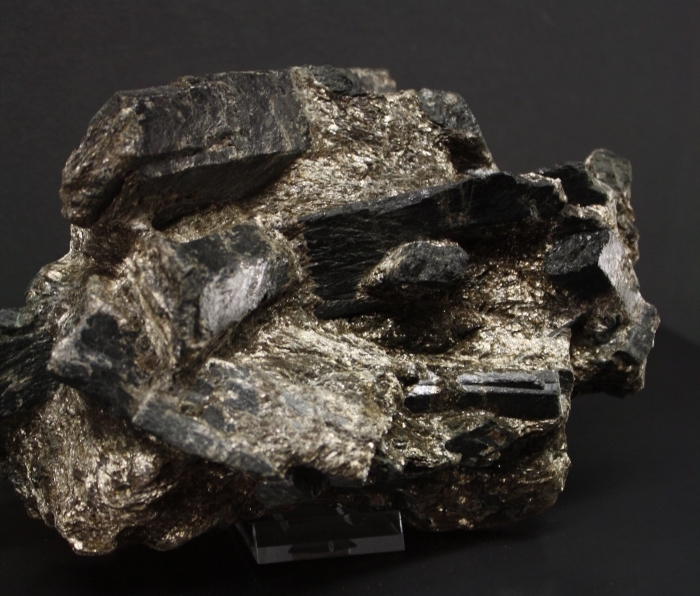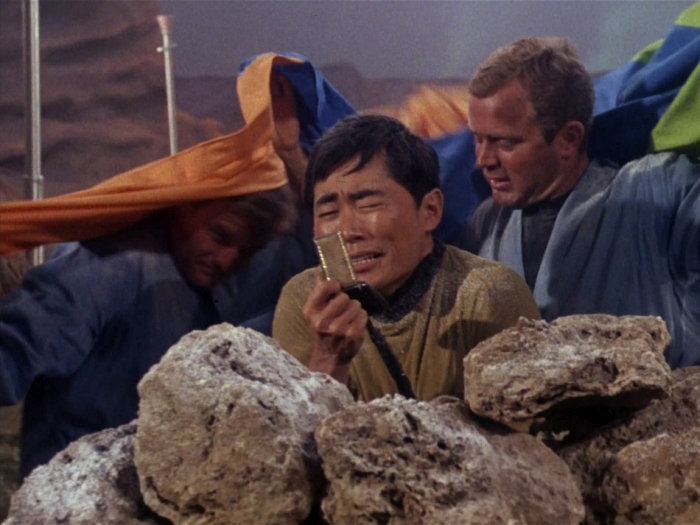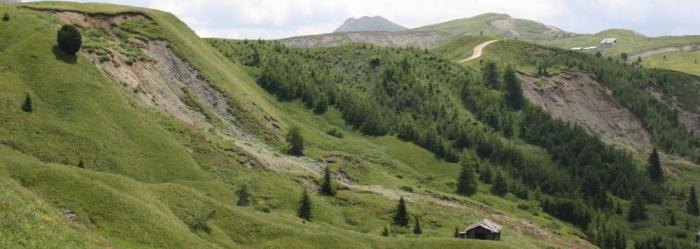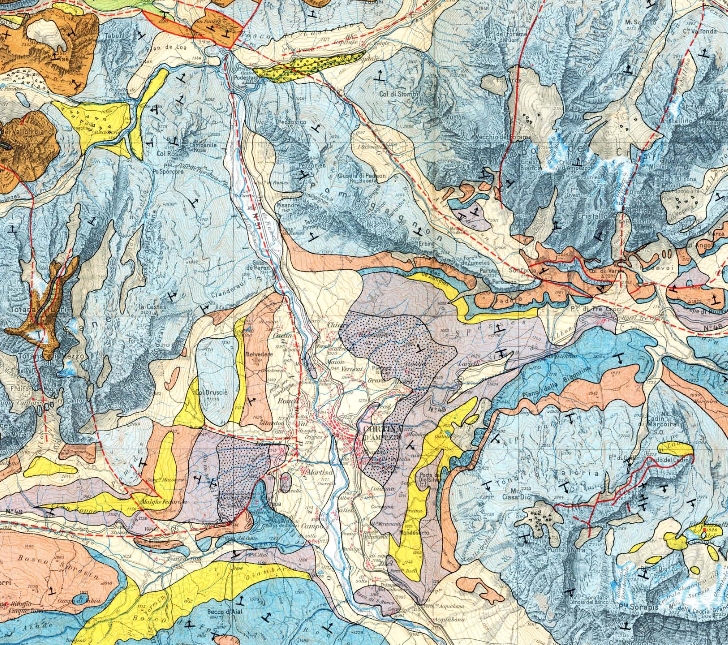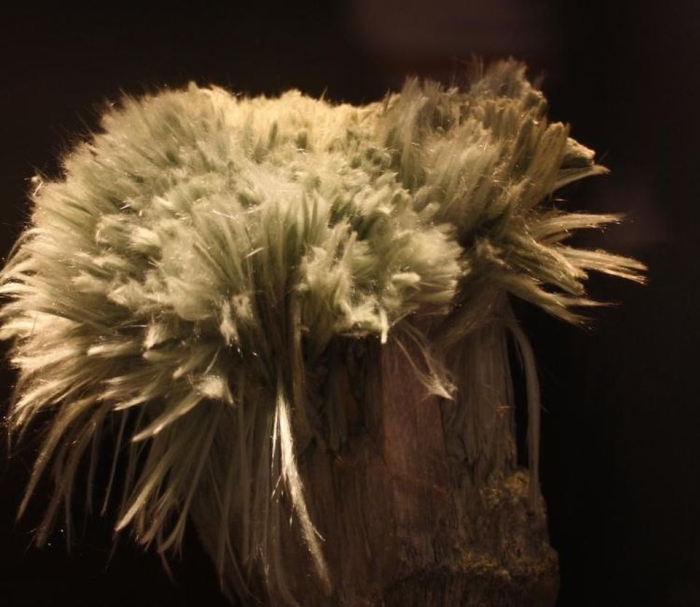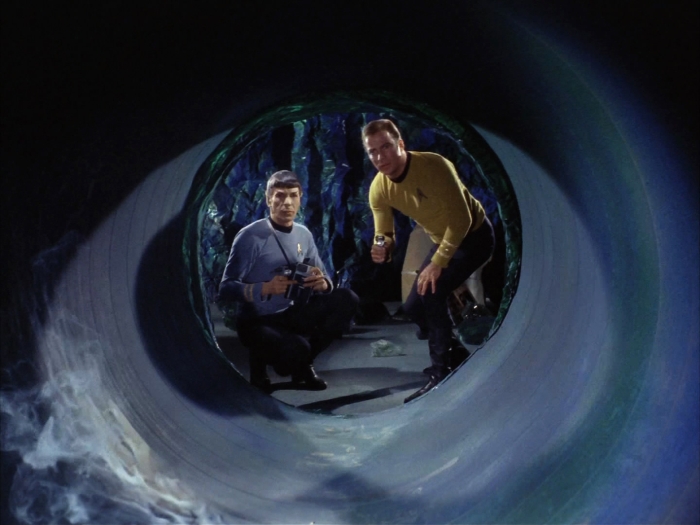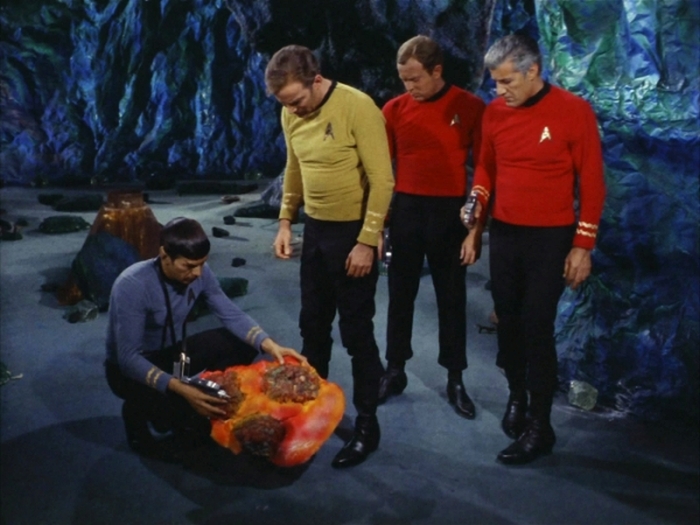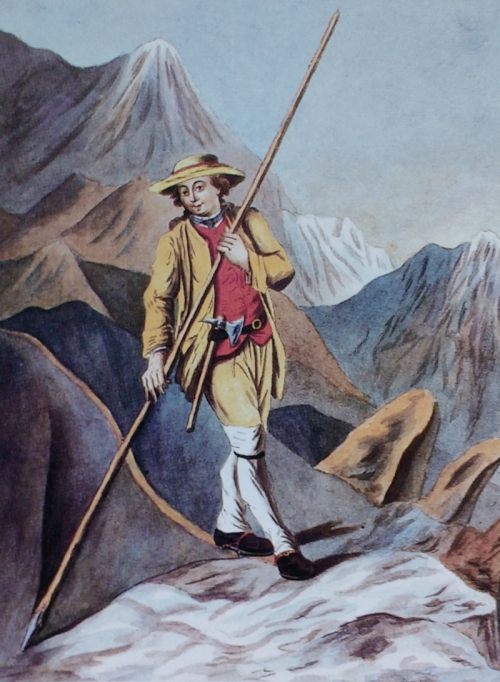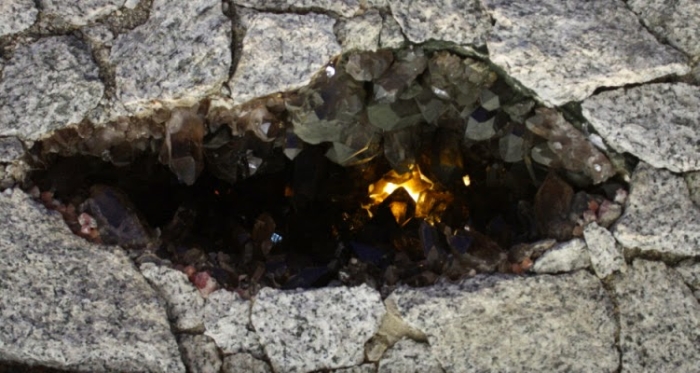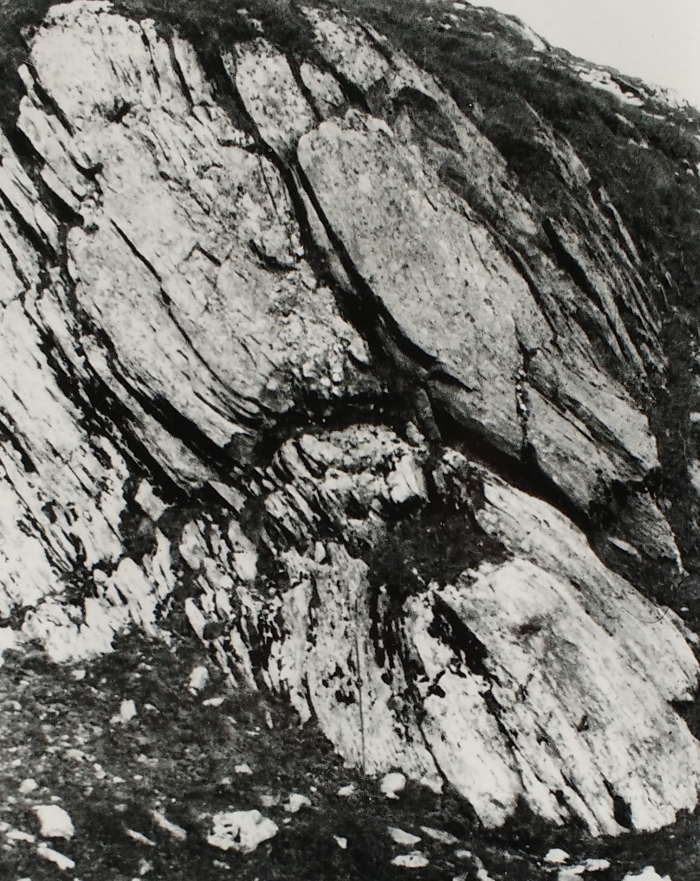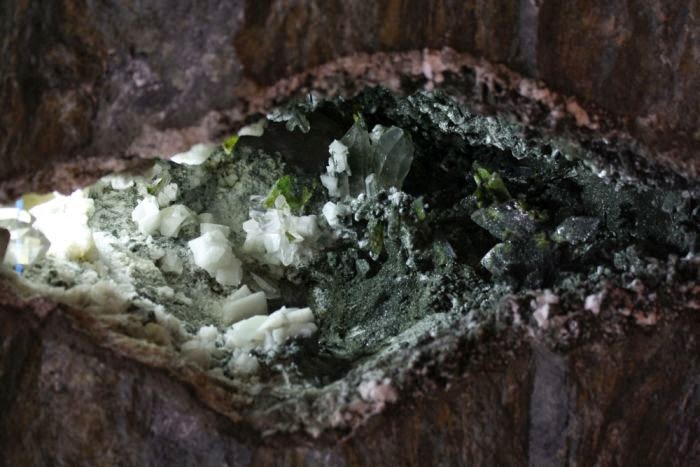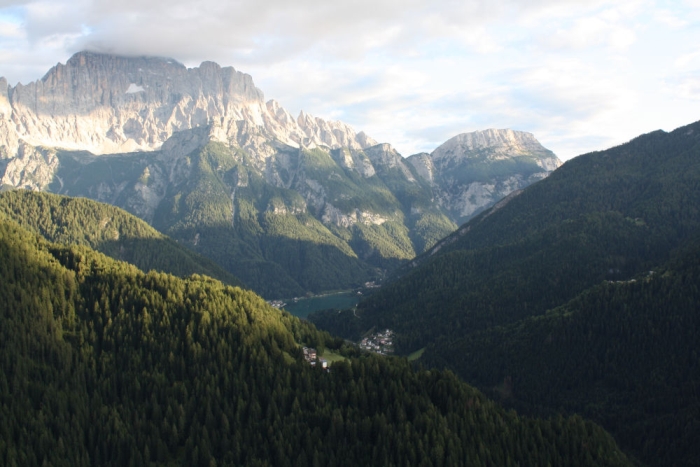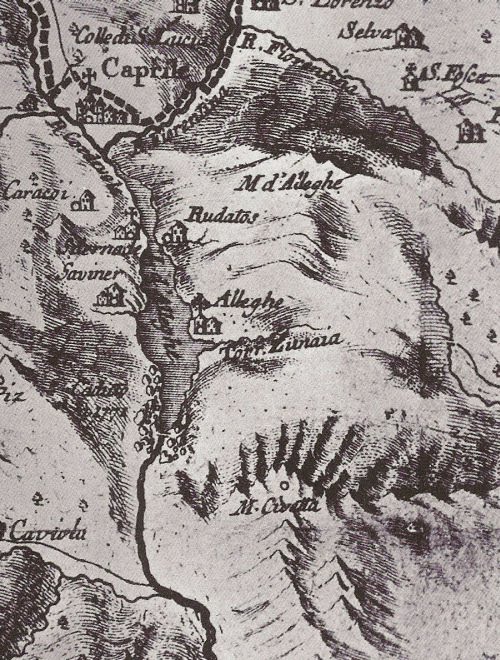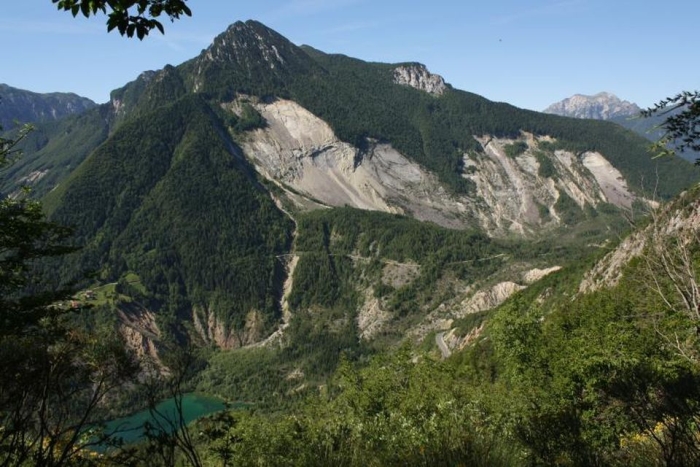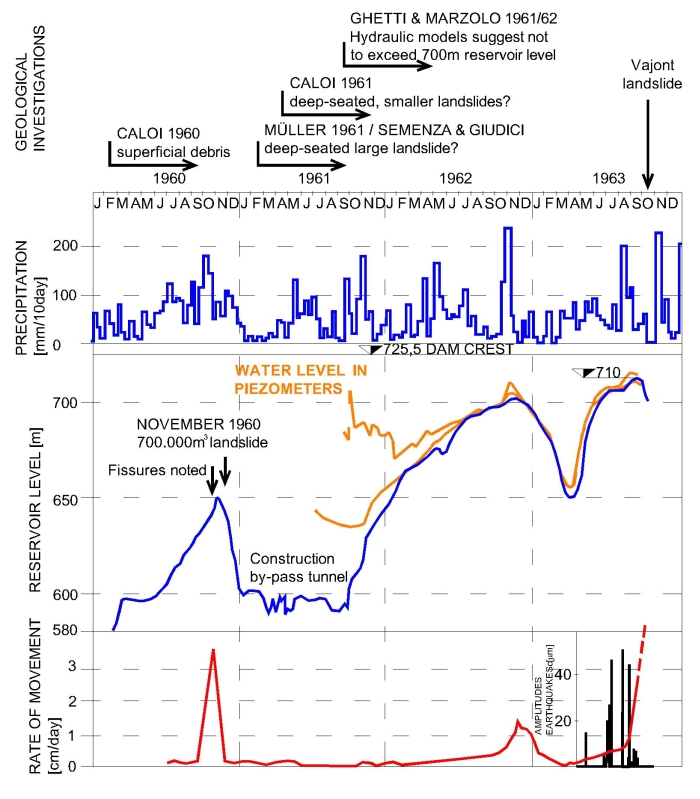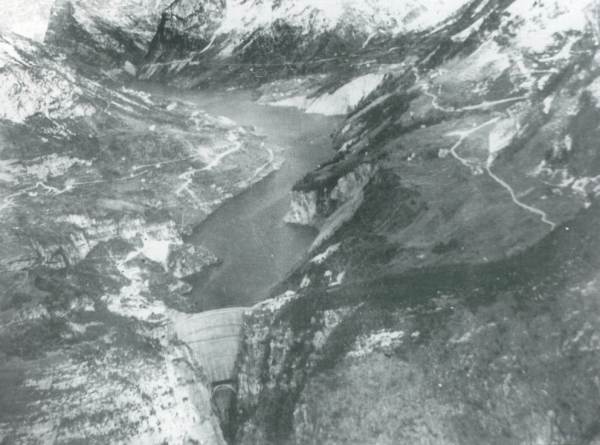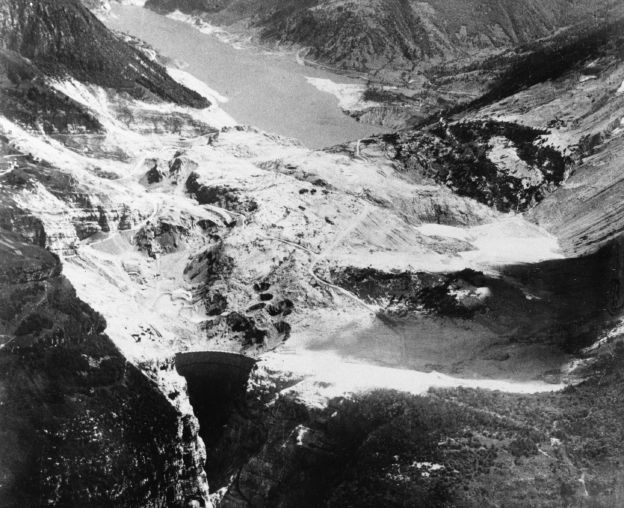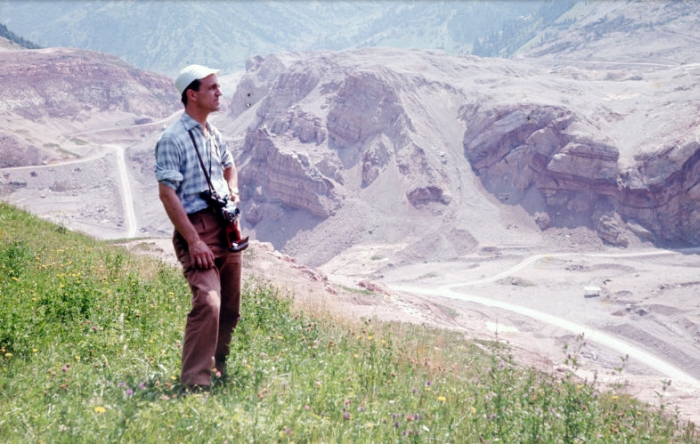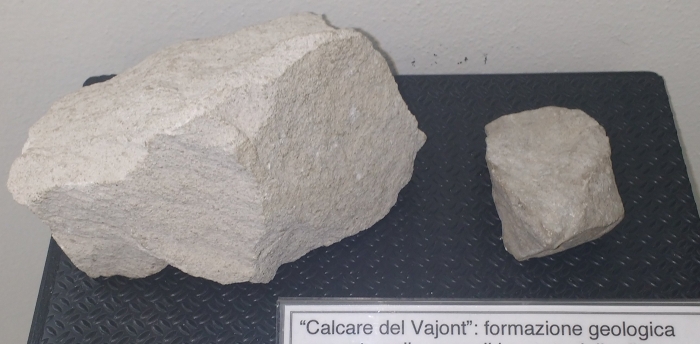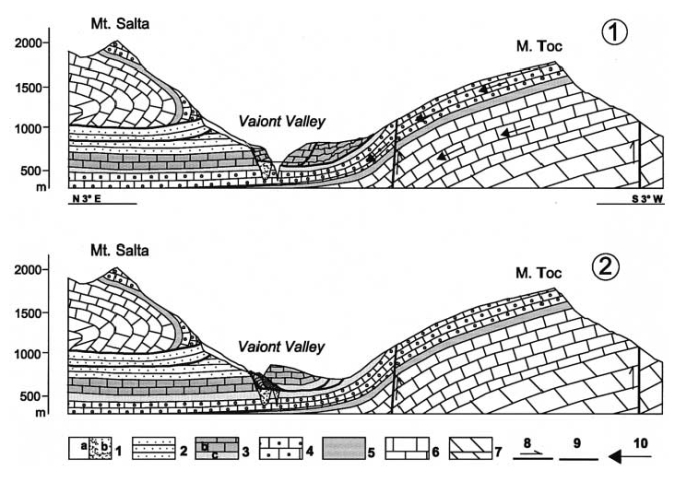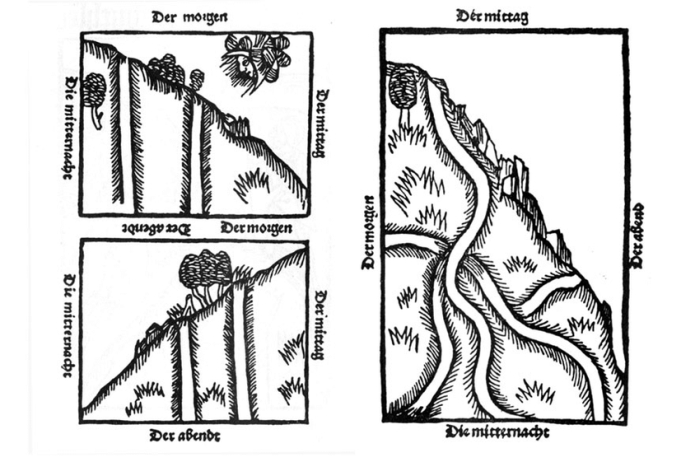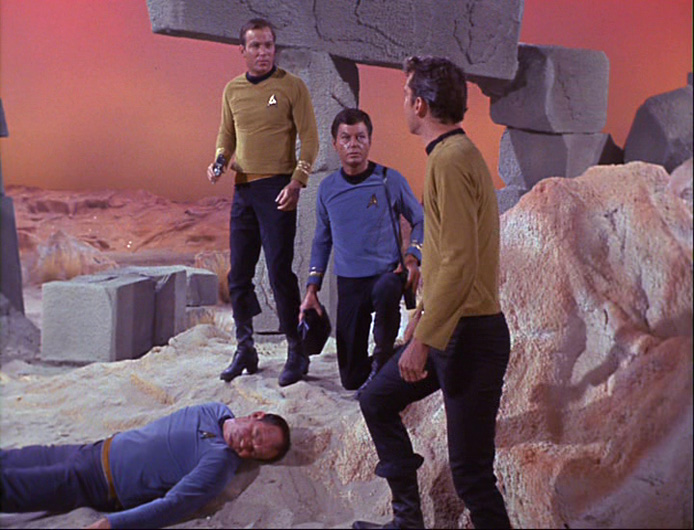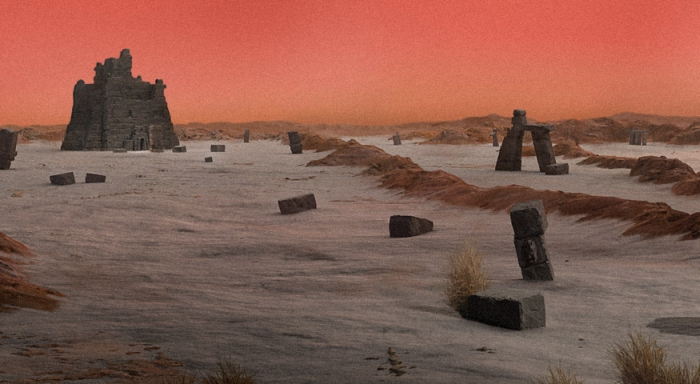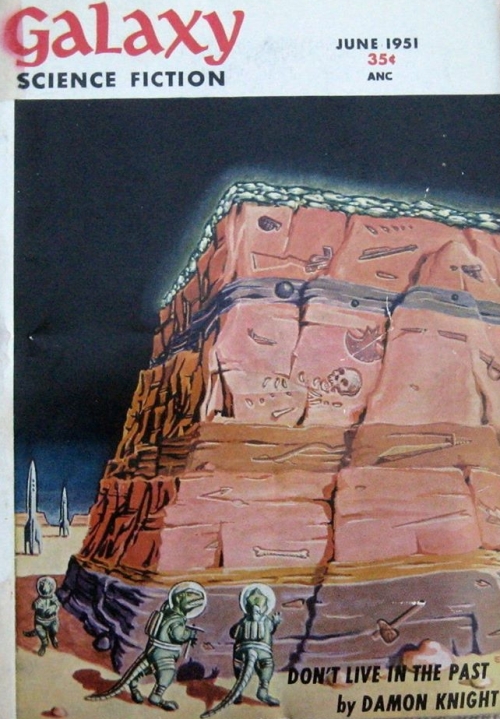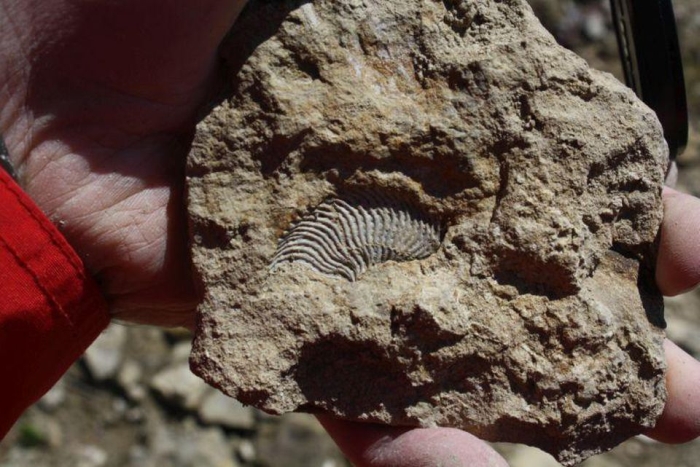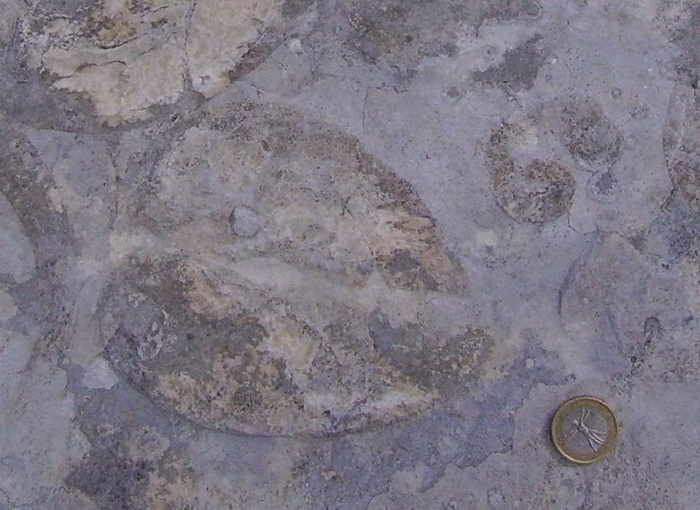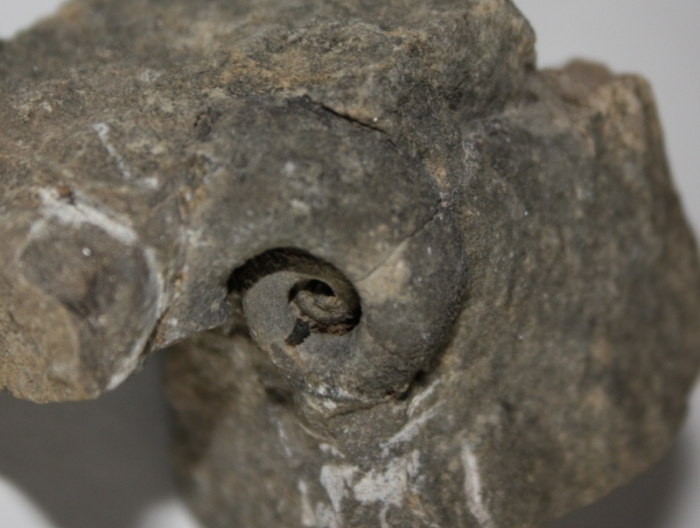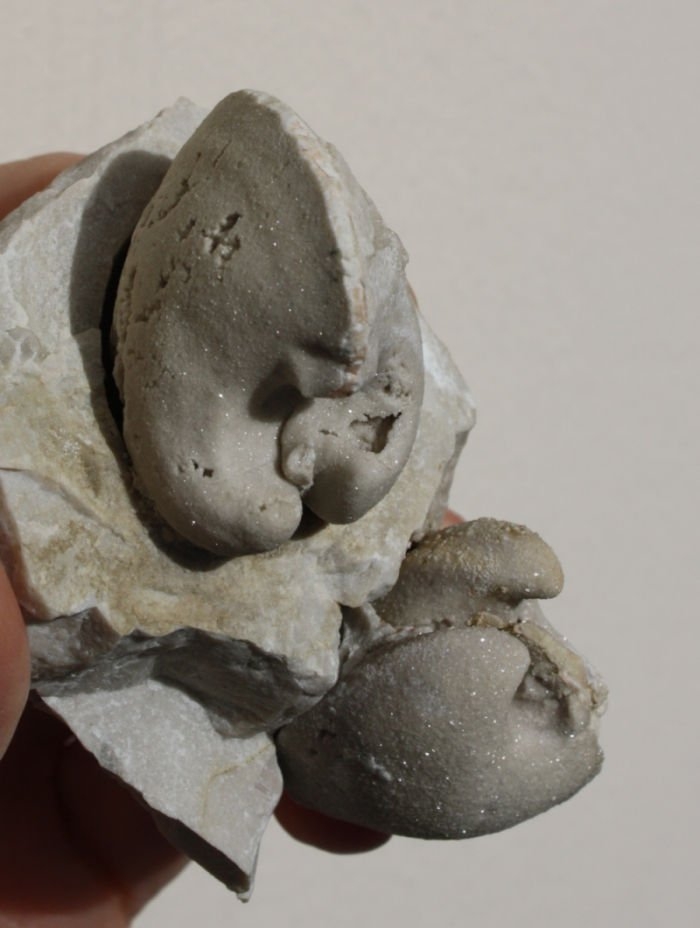In September 2018 astronomers announced the discovery of an exoplanet with 8.47 times Earth’s mass and twice Earth’s radius in the 40-Eridani star system, nearly 17 light years away from Earth.
In the Star Trek universe, Eridani is the star system where the planet Vulcan is located, the homeworld of Commander Spock.
In the episode “Amok Time”, first aired on September 15, 1967, the Enterprise visits the planet for the first time. As it orbits its sun on a very narrow orbit, surface temperatures are very high. The atmosphere is very thin, barely breathable, and non-Vulcans have a hard time adapting to the harsh environment. According to Star Trek lore, the desert-planet Vulcan orbits its sun together with the planet T´Khut, a geologically very active lava-planet.
The classification of planets in the Star Trek universe is based on size (gas giants or small, rocky worlds), composition (rock-metal core or gas), geological activity (inactive- active) and atmosphere (from oxygen-rich to toxic). For example, small, rocky worlds with some geological activity and an oxygen-rich atmosphere making them suitable for humanoid life-forms are classified as M after Minshara, the native name of Vulcan.

In the movie “Star Trek 2”, released in 1982, the star 40-Eridani-A is mentioned as Vulcan’s sun. In 1991, Gene Roddenberry, creator of Star Trek, published a brief article together with astrophysicists Baliunas, Donahue and Nassiopoulos, arguing that the constellation of Eridani would be the most fitting place for Spock’s homeworld.
The 40-Eridani system is a triple star system, with Eridani-A as the primary star accompanied by a red and a white dwarf star, named respectively Eridani-B and Eridani-C. Only Eridani-A is stable enough to host a hypothetical habitable planet. Eridani-B emits too much dangerous radiation and Eridani-C is prone to flares, sudden eruptions of energy and matter. As Eridani-A is smaller than our Sun, also the habitable zone where a planet could exist with liquid water is narrower. Unlike the fictional planet Vulcan, the real exoplanet seems to be a Super-Earth or a small gas giant. According to the published preliminary results, the planet orbits its star in just 39 to 40 Earth days, within the inner limit of the habitable zone.
Geology of strange, new worlds plays also a role in Vulcan society.
In the 1996 movie “Star Trek: First Contact” the geological survey ship T’Plana Hath approaches our solar system in the year 2063. Attracted by the Phoenix warp test – the first faster-than-light flight in human history – the Vulcan ship lands on Earth, making the first peaceful contact with humanity in Bozeman, Montana.
However, in the later Enterprise (2001–2005) episode “Carbon Creek” another survey ship crash-lands on 1950s Earth somewhere in Pennsylvania. Following the “First Directive”, the Vulcans keep their true alien identity a secret and work as geologists in the local coal industry.
In a parallel timeline, the first contact ends with the humans killing the Vulcan geologists and claiming the technologically advanced survey ship for humanity. This mirror universe, where the Federation is replaced by an evil Terran Empire, is first seen in the 1967 episode “Mirror, Mirror.” During negotiations for mining dilithium on the Halkan homeworld, a magnetic storm causes a transporter malfunction, sending Kirk, McCoy, Scotty, and Uhura to the parallel Enterprise.
Famously Commander Spock is the science officer aboard the Enterprise, including some notions of geology.
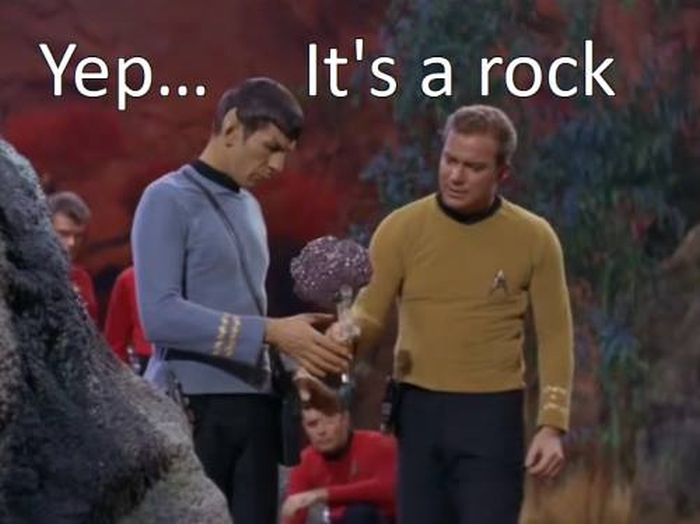
In the episode “The Apple”, Spock immediately notes the lush vegetation of the planet Gamma Trianguli VI. He correctly deduces that soil-nutrients (and therefore geology) play a role in supporting this peculiar paradise-like ecosystem. With his sharp geological eye, Spock identifies also hornblende and quartz in a collected rock.
Interesting. Extremely low specific gravity, some uraninite, hornblende, quartz. Fragile, good cleavage. An analysis should prove interesting.
